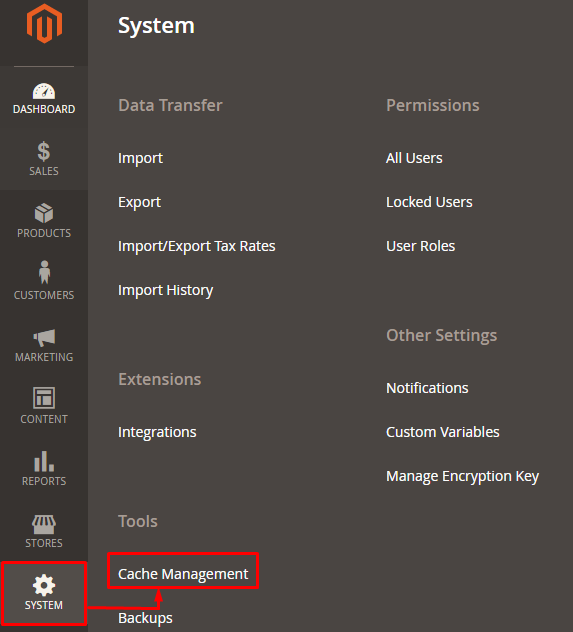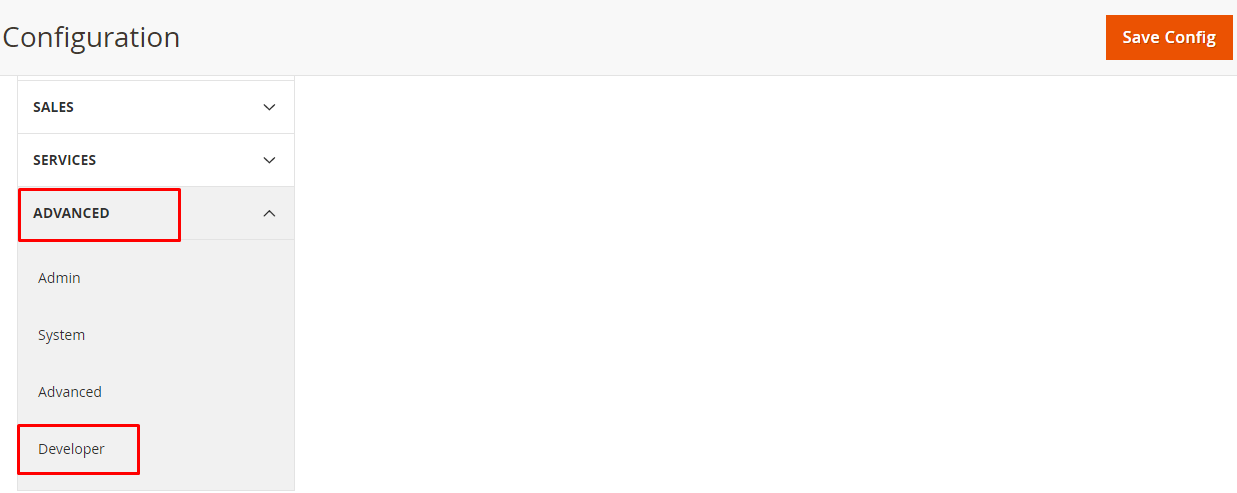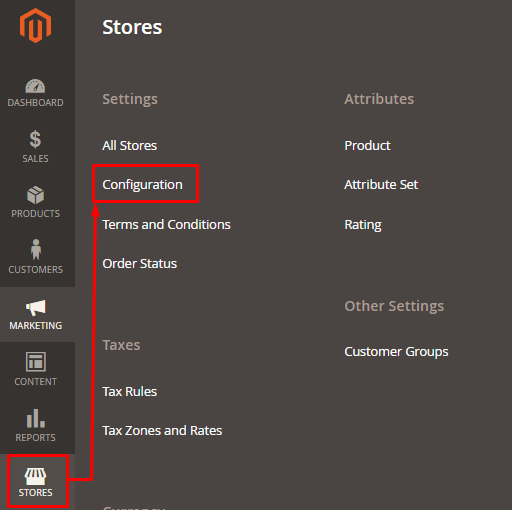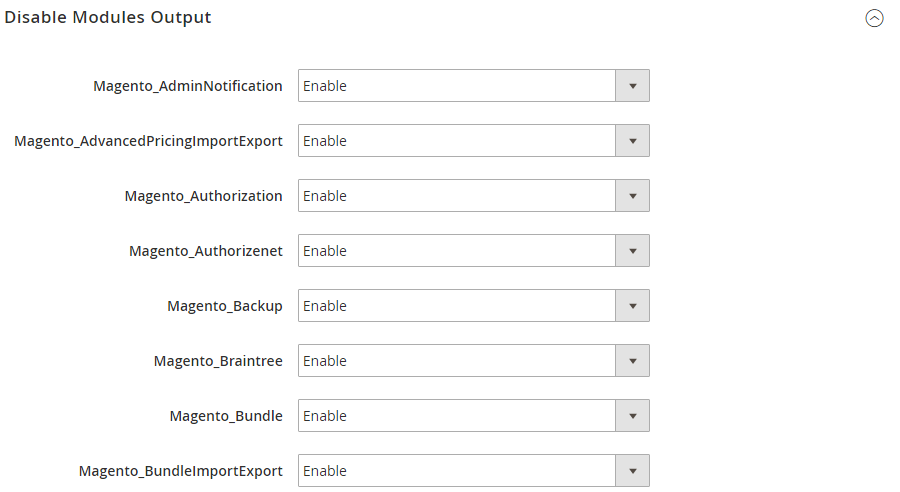Optimization tips to Speed Up Your Magento Site
02-03-2017


The Most Popular Extension Builder for Magento 2
With a big catalog of 224+ extensions for your online store
According to Kissmetrics, if an ecommerce site that is making $100,000 per day, would lose $2.5 million in sales every year if its page load time increases by 1 second. Choosing a suitable eCommerce application for your website is now a difficult choice. A lot of options are now available. You could opt to go with WooCommerce, Prestashop, OpenCart, and many other ones available. However, a lot of store owner prefer to work with Magento because it is a robust application that offers a higher degree of customization. It is easier to scale a Magento store, allowing you to stick to the application when your business grows Magento, an ecommerce application released by Varien in 2008, is one of the most preferred ecommerce solutions for online stores. According to stats available with BuiltWith, 16% of the top 100k ecommerce sites are using Magento. The number peaks to 38% when Magento Enterprise is included. WooCommerce is not much far behind, with 12%. This clearly shows that these applications are favorites among the masses. But even with these numbers, both these applications have known issues with speed and performance. And as I said in the beginning, a 1-second delay in page load increases the loss to $2.5 million. Therefore, it is of utmost importance that online stores based on these applications are optimized for speed and performance. In this post, I will discuss tips on how you can speed up your Magento store to ensure that your cart abandonment decreases. If you have a WooCommerce store, you can head here to read optimization tips for your WordPress based store.
Get Website Performance Optimization
Let’s Speed Up Magento
Magento is known for having issues with speed and performance. These factors have a direct impact on the user experience. For ecommerce owners, it is important to make sure that the store is functioning fast as the speed of a store affects the SEO rankings, cart abandonment, and, sales. If you are a Magento store owner, you can follow these tips on how to optimize your Magento store.

Drive more traffic to your online store and boost your rank on search engines
Check it out!Upgrade to The Latest Version
As an owner, it is important for you to upgrade your store to the latest version, as and when it becomes available. Magento notifies the users of any critical update that becomes available. The current version of Magento is usually packed with bug fixes, security patches, and performance improvements. Upgrading your Magento store involves a bit of work, and you may need some technical help if you were not familiar with the admin panel. Have a look at this tutorial on how to upgrade your latest version to Magento using composer.
Image Optimization
In an ecommerce store, more than half of the website comprises of images. Thus, it is important to optimize the product images as it has a significant impact on the loading time of your store pages. You can compress the images using a photo editing tool like Picsart, Photoshop and Image Optimizer before uploading them to the website. This is one of the better ways to optimize images. But, if you want to optimize after uploading the pictures, there are some speed optimization extension available that you can use for image optimization. GTMetrix also has a Magento extension called GTspeed. It includes image optimization as well as CSS/JS concatenation and minification. Take a look at the difference on a stock Magento install.
Integrate Content Delivery Network
One of the simplest and the easiest ways to speed up a Magento store is to integrate a Content Delivery Network. What does a CDN do with Magento store? A CDN decreases page load times by serving the elements (product descriptions, CSS) of the website from multiple locations around the world. This increases the speed of the delivery (virtual) of the site content to the shoppers.
Utilize Caching
Many forms of caching can be used with Magento to improve the speed of the provision of a website. Furthermore, Magento comes with an inbuilt caching module along with the option of installing 3rd party modules. A lot of people have had significant improvements using Varnish + Memcache + NGINX caching mechanism. Enabling the built-in caching mechanism of Magento is easy.
- Just go to the “System” tab and select “Cache Management.”

- Now make your preferred selections (or better, Select everything) and then select “Enable” from the drop-down before clicking on “Submit.”

There are other forms of caching as well that you can use to optimize your Magento Store.
Browser Caching: You can utilize browser caching by adding snippets to your.htaccess file. Be careful, though, as you would not want to malfunction the store.
Gzip Compression: You can use Gzip compression to compress your store’s web pages and style sheets before they are sent over to the browser, at the server level.
Page Caching: One of the most suitable ways for speeding up your Magento store is by using the Page caching mechanism. Page caching serves pages already visited before from the cache, in turn, taking the load off the server and making the store perform a lot faster. There are few plugins available for Page Caching. I would personally recommend you to use the one available here.
Merge Javascript & CSS
Combining your Javascript and CSS file into a single file helps you reduce the number of HTTP requests. This helps in decreasing the page loading times. In Magento, there is a built-in feature that lets users merge their Javascript and CSS files into one single file. To merge these two files, you need to do the following:
- Go to “Stores” tab and click on “Configuration,”.

- Then click on “Advanced,” and then go to “Developer.”

- Now under the “JavaScript Settings” and “CSS Settings,” change the dropdown menu option to “Yes.” Then click on “Save Config.”

Now, you need to clear the cache to let these changes take effect. To clean the cache run the following commands in your Magento root directory.
php bin/magento cache:clean
php bin/magento cache:flush
If you don’t want to do this manually, then you can use a Magento extension that is made for the same purpose.
Limit Your Extensions & Modules
The more extensions that you have running on your stores, the more HTTP requests are going to be sent. This is beside the increase in a load of Javascript and CSS files. This increases the load time of your website. Therefore, it is best to limit your extensions and modules to a minimum and install only the most needed extensions and modules. If you have any modules installed on your store, that are not in use, then you can disable them, using the method below.
- Go to “Stores” tab and navigate to “Configuration”

- Then go to “Advanced” and select “Advanced”

- Now select “Disable” from the drop-down box for all the modules that you don’t need.

- When you are done, click on “Save Config.”

Speed Up MySQL Database
Magento, by default, updates the indexes on every object store. However, in certain cases, manual updates are required for the indexes. Updating the indexes speeds up the MySQL queries, in turn, resulting in a speedier Magento store.
To manually index the MySQL queries, you can run the reindex command in Magento 2 root directory:
php bin/magento indexer:reindex
Choose Fast Web Hosting
And last but not least, choosing a reliable Magento hosting provider can prove to be the most important decisions you make to improve your Magento performance. To ensure that your store performs optimally, you need to stay away from standard offerings of shared hosting. Shared hosting providers have overcrowded servers with resources shared between hundreds of people. I would suggest you go with a Managed Cloud Hosting provider like Cloudways. The reason for this is simple. On Cloudways Managed Cloud Platform you get to deploy your Magento store on top of the best infrastructures, which include, DigitalOcean, Vultr, Kyup, Google, and Amazon. Additionally, you get 24x7x365 support, in addition to FREE SSL and one FREE Magento Migration. And if you aren’t as tech savvy, then Cloudways Managed Magento Cloud hosting is indeed the best solution for you as it provides you with a user-friendly Cloud Platform that is much easier to control than a control panel.
Get Website Performance Optimization
Get Started With Managed Magento Cloud Hosting
To make it easier for you to speed up your Magento store, the team at Cloudways have decided to give a FREE coupon of $20 for anyone who signs up to use their managed cloud platform. Just sign up on Cloudways with an e-mail address, upgrade your account, and verify your credentials to avail the exclusive discount of $25.
Coupon Code: MAGEPLAZA Discount: $20 on any plan
Related post: 16 Steps to Speed Up Magento 2 to Optimize Your Store


